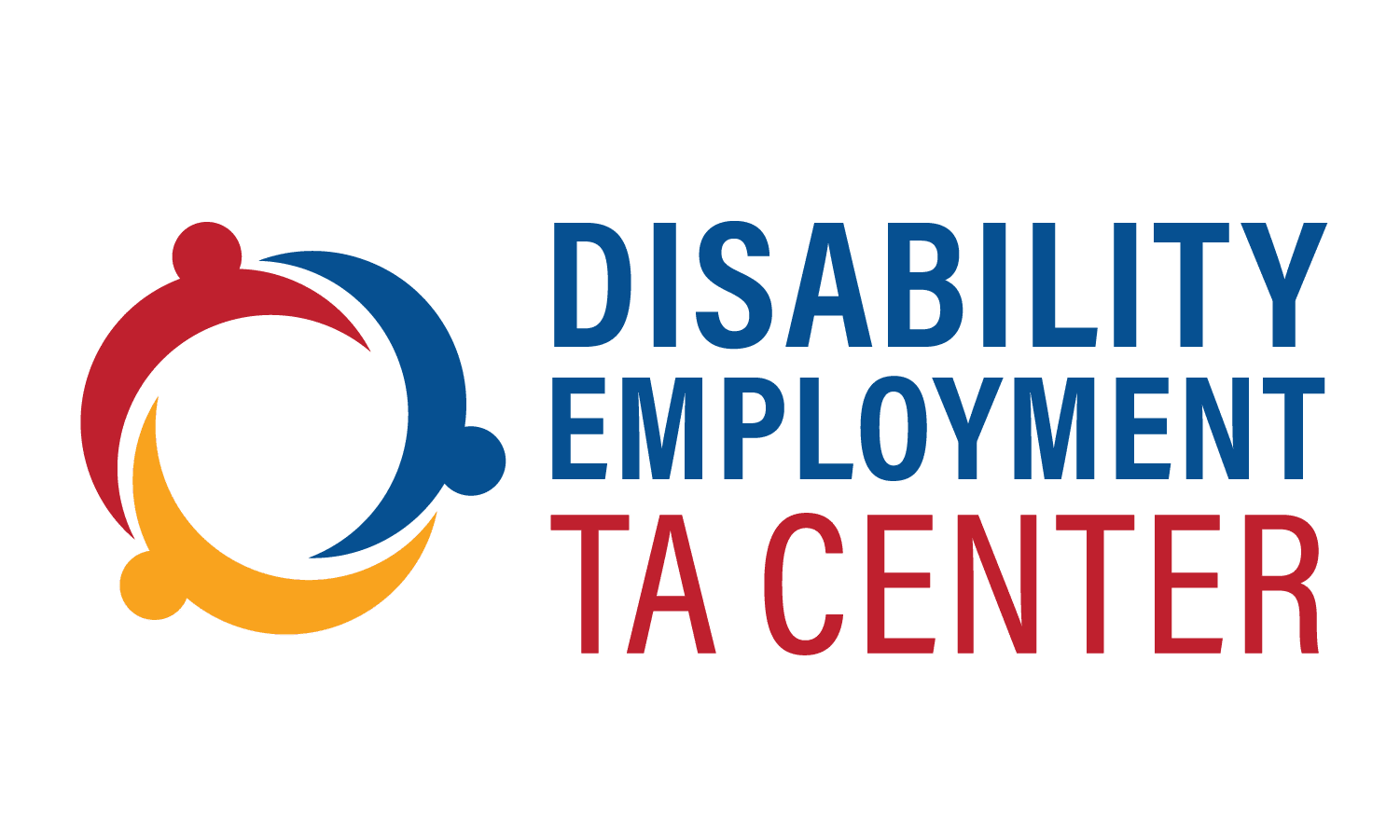By: National Disability Rights Network
June 2023
DETAC-2023-GEN-2
Introduction
Segregated or “sheltered” workshops existed in the United States as early as 1840. The Perkins Institute for the Blind, an institution in Massachusetts, created jobs for people who were blind that were protected, or sheltered, from competition to create permanent job opportunities for them.1 The origin of subminimum wages for people with disabilities stems from the National Industrial Recovery Act, one of the early pieces of President Franklin Roosevelt’s New Deal. Roosevelt issued an Executive Order on February 17, 1934 that permitted payment of individuals with disabilities below the minimum wage.2
In 1938, Congress passed the Fair Labor Standards Act (FLSA)3. It specified standards for basic minimum wage rates and overtime pay. It also created a special exemption under 14(c) authorizing employers to pay wages much lower than the minimum wage to workers with disabilities. These wage provisions were originally created to encourage the employment of veterans with disabilities in a manufacturing-centered economy.4

